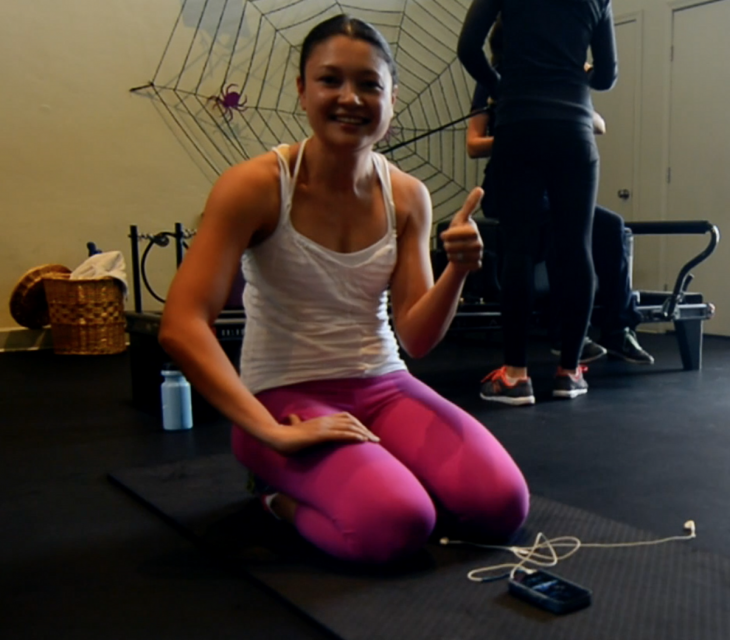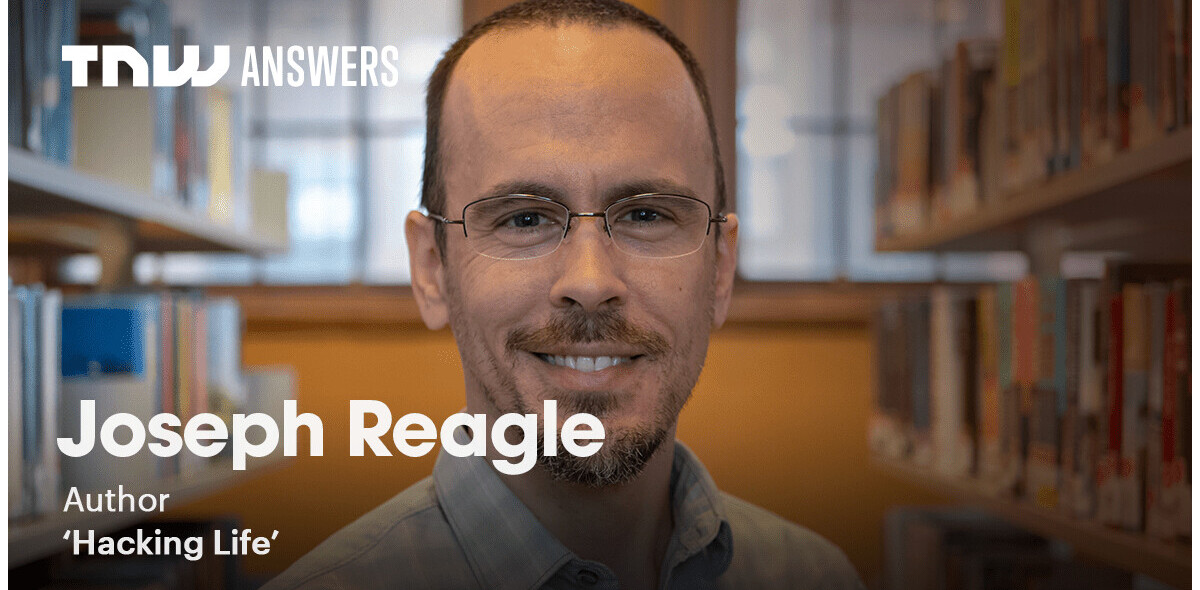
This post originally appeared on the Crew blog.
Last month, I came up with the brilliant idea of attempting to hold a forearm plank for fifteen minutes with just 30 days to train.
For those of you who have never tried it, planking is a static exercise that is incredibly painful from start to finish.
Which was exactly the point.
I wanted to see if I could do something that was so far beyond what I thought I was capable of. Something that required me to build the physical and mental strength toendure those slow minutes of intense pain.
The science of willpower
Our relationship with change and self improvement is complicated.
We want to do awesome things. We know the potential is there. But we can’t seem to make a change — one that lasts at least. It’s a frustrating and disheartening cycle.
The reason is simple: we lack the ability to control our behavior.
We’ve got a motto here — you’re tougher than you think you are, and you can do more than you think you can. — Christopher McDougall, Born to Run
There’s a study by Walter Mischel from the 1960s where four-year-old children were shown a single marshmallow and offered a deal: eat the one marshmallow now or hold out for 15 minutes and receive two. Years later, Mischel tracked his subjects down and found that the ones who showed the most willpower by not eating the marshmallow went on to get better grades, earn higher salaries and maintain a lower body mass index.
It’s been proven time and again that people who have the ability to control their impulses and actions are the ones who go on to find success because they consistently dothe things they need to do (and resist the things they shouldn’t). They show up when they’re tired, overwhelmed or uninspired. They persevere when things get tough.
It’s this ability to persist, more than intelligence or talent, that separates the people who achieve their goals from the ones who do not.
Willpower exists in limited supply
Our willpower acts very much like muscles in our body — it fatigues with use and can be tired to the point of exhaustion.
In the late 90s, psychologist Robert Baumeister performed a study where he brought subjects into a room filled with the aroma of freshly baked cookies and showed them both a bowl of radishes and a bowl of chocolate chip cookies.
One group was asked to only eat the radishes, while the other was told they could sample the cookies as well. Afterwards, both groups were given 30 minutes to complete a difficult puzzle. The group that was asked to eat only the radishes gave up after just eight minutes compared to the cookie eating group who lasted almost 20.
Baumeister concluded that we have a supply of willpower that we spend every day and once depleted it leaves us more likely to make poor decisions. It’s why we reach for the cookie after a stressful day at work or curl up on the couch to watch bad TV after an argument with our spouse.
We don’t have the mental strength to do what we should be doing.
How to build endurance
If willpower acts like a muscle that fatigues with use in the short term, can it be strengthened with exercise in the long term?
To build the kind of mental endurance that allows us to preserve our supply of willpower, we must develop our concentration skills as well as our ability to control our impulses and emotions. There are a number of exercises that help build these skills:
Break routine and try something new
Bike to work instead of driving. Use your opposite hand to brush your teeth.
Performing unfamiliar tasks—no matter how mundane or pointless they seem—can create new neural pathways in the brain that are reinforced with repetition, which will teach you to override your habitual impulses and behaviors.
This forces you to a place where you become comfortable with a certain level of discomfort that with practice will increase.
Take a 30 day challenge
It can be something as easy as making your bed each morning or flossing in the evenings to something more challenging like running for 30 minutes every day, or, in my case, training to hold a 15-minute plank.
Again, you’re exposing yourself to unfamiliar and uncomfortable things, and doing it every day without exception—no excuses, no rationalizations.
Pay attention to your self talk
Emotional control, especially under stressful circumstances, is an incredibly difficult thing to master. Start by paying attention to what you tell yourself every time you encounter a negative or defeating feeling, and take a moment to pause, acknowledge it, give it a name, and make the conscious effort to turn the negative self talk into something positive.
Take on a single task
Focus on one thing at a time and give it all of your energy and attention.
This means pursuing only one goal (because multiple simultaneous demands on your willpower will only leave it depleted) and working on only one task so that you can learn to concentrate on a single task and, more importantly, ignore distractions. Turn off your phone and other notifications so that you can truly focus in on the task at hand.
The common thread here is consistency. Building mental endurance is a process that develops over time through small wins.
And the small things add up as Australian scientists Megan Oaten and Ken Chengl earned when they asked groups of people to exercise self control in a variety of different (and controlled) ways such as exercise, money management, and studying
In the end, they all not only improved in their own programs but they also got better at doing otherthings such as ignoring distractions, procrastinating less, eating healthier and drinking less alcohol.
Their willpower supply hadn’t increased, they had simply built the endurance to not spend it so easily.
The 15-minute plank challenge
So how did I do with my own endurance challenge?
I completed my 15-minute plank. By focusing on one single, clear goal and learning to recognize my own negative self talk I built up enough mental and physical endurance to handle the pain of hanging out on my forearms and toes for an extended period of time.
I slowly built my endurance by showing up and doing the work ever day. I did leg lifts and scissor kicks while my kids played at the park and eight-minute practice planks in my pajamas before bed. I meditated and visualized and I even forced myself to look in the mirror every morning to say ‘You got this Rosanna’.
Ridiculous, I know. But it worked.

And I must say, there is an excitement and thrill at seeing yourself do something really hard. Hang on longer. Go farther. It’s a high that makes the enduring worth it. And you can’t help but ask yourself – well, what’s next?
“At the end of the day, we can endure much more than we think we can,” Frida Kahlo
Read next: How to uncover your creative talent by using the ‘Equal Odds Rule’
Featured image: Shutterstock
Get the TNW newsletter
Get the most important tech news in your inbox each week.





